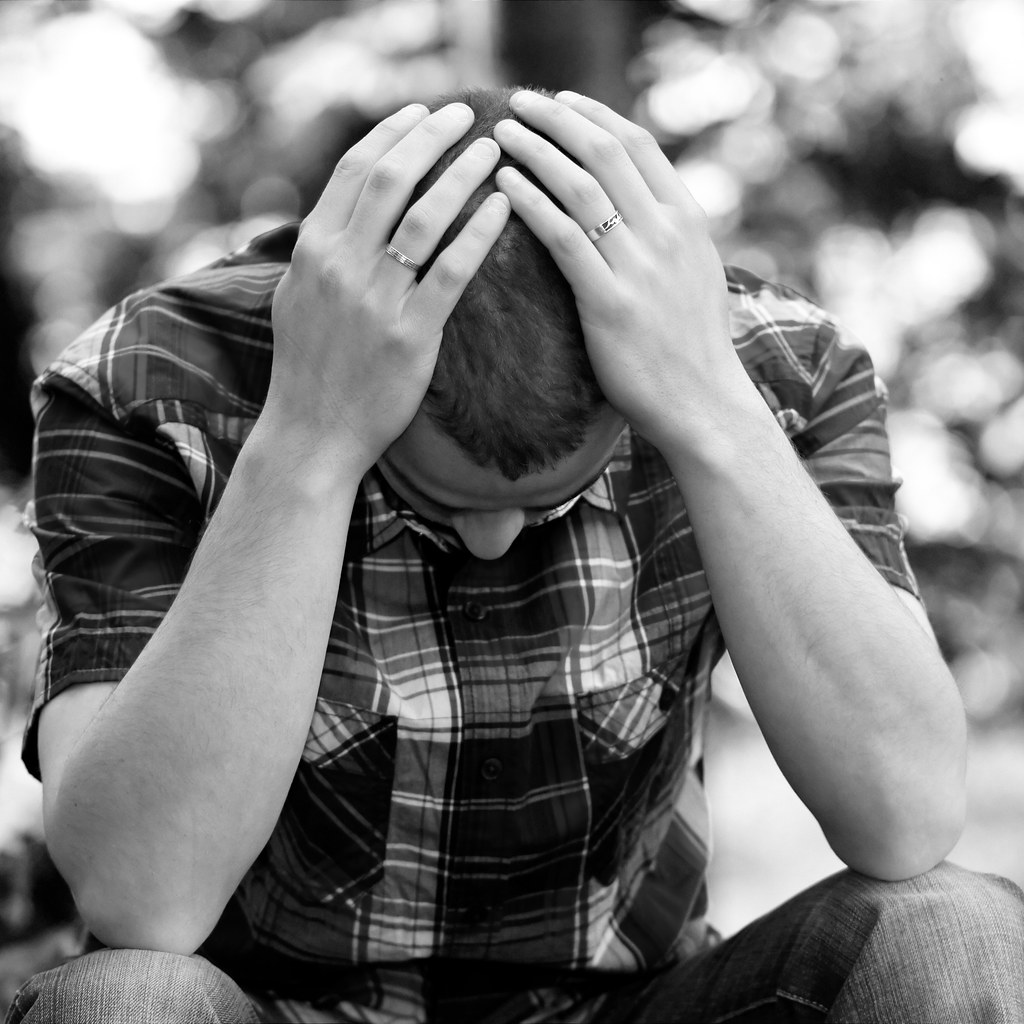Have you ever felt the rush of excitement at the thought of exploring a new city, the thrill of tasting a dish you can’t pronounce, or the joy of making a connection with someone whose language you don’t speak? Travel can be an exhilarating experience, but for some, it’s not just about the adventure—it’s a question that lingers in the back of their minds: ‘Am I traveling like a normal person or more like running away from my responsibilities?’

The Anxiety and Depression Association of America estimates that nearly 40 million U.S. adults are affected by an anxiety disorder every year. Anxiety is a natural response to stress, worry, or fear, and it manifests uniquely in each individual. While occasional anxiety is a part of life, an anxiety disorder amplifies these feelings, affecting daily functioning. Travel anxiety, though not an official diagnosis, is a real concern for many, causing worry or fear related to traveling. It can prevent enjoyment of new experiences and even deter visiting loved ones.
Travel anxiety is common, particularly among those with other anxiety forms. Factors such as a family history of anxiety, certain medications, physical health conditions, and high caffeine intake can increase the likelihood of experiencing travel anxiety. Sometimes, there’s no clear cause—it just exists.
Symptoms of travel anxiety can range from restlessness and irritability to panic attacks and physical discomfort. It’s crucial to recognize these signs and understand that if anxiety begins to impede your quality of life, seeking professional support is a wise step. Diagnosis typically involves a comparison of symptoms and medical history with the DSM-5 criteria, and treatments may include psychotherapy, anti-anxiety medications, and antidepressants.

Living with travel anxiety is challenging, but manageable. Identifying triggers, planning ahead, taking care of responsibilities at home, bringing distractions, practicing relaxation techniques, focusing on positive aspects, maintaining physical health, traveling with companions, and considering medication are all strategies to cope with and minimize travel anxiety.
But let’s address the notion that long-term travelers are running away from something. This perception suggests that those who choose a nomadic lifestyle are avoiding ‘real life’ responsibilities. However, for many, the decision to travel extensively is about seeking freedom and experiencing the world, not escaping problems. It’s a conscious choice to step away from the conventional 9 to 5 life, to immerse oneself in different cultures, and to live on one’s own terms.
Life is indeed short, and we only live it once. The desire to explore, to learn, and to grow is not about running away—it’s about running towards a life filled with rich experiences. No one looks back on their life wishing they’d spent more time at their desk. Instead, they cherish the moments that took their breath away, the people they met, and the memories they made.
Are you traveling or running away? Perhaps it’s a bit of both. Maybe you’re traveling to run away from a life that doesn’t fulfill you, to find something more meaningful. Or maybe you’re just traveling to travel, to see the world and all its wonders. Either way, it’s your journey, your path to carve. Embrace it, anxiety and all, and remember that every step you take is a step towards living life on your terms.
It’s not about escaping life but about making sure life doesn’t escape you. So pack your bags, plan your next adventure, and set out to discover not just the world, but also yourself. After all, the best stories come from the pages of your passport, not the confines of your comfort zone.
Related posts:
What Are Long-Term Travelers Running Away From? | by Cailian Savage | Medium
Short-Term And Long-Term Travelers Differences – Vacation Tracker
5 Reasons why I am done with long-term travel – Against the Compass





